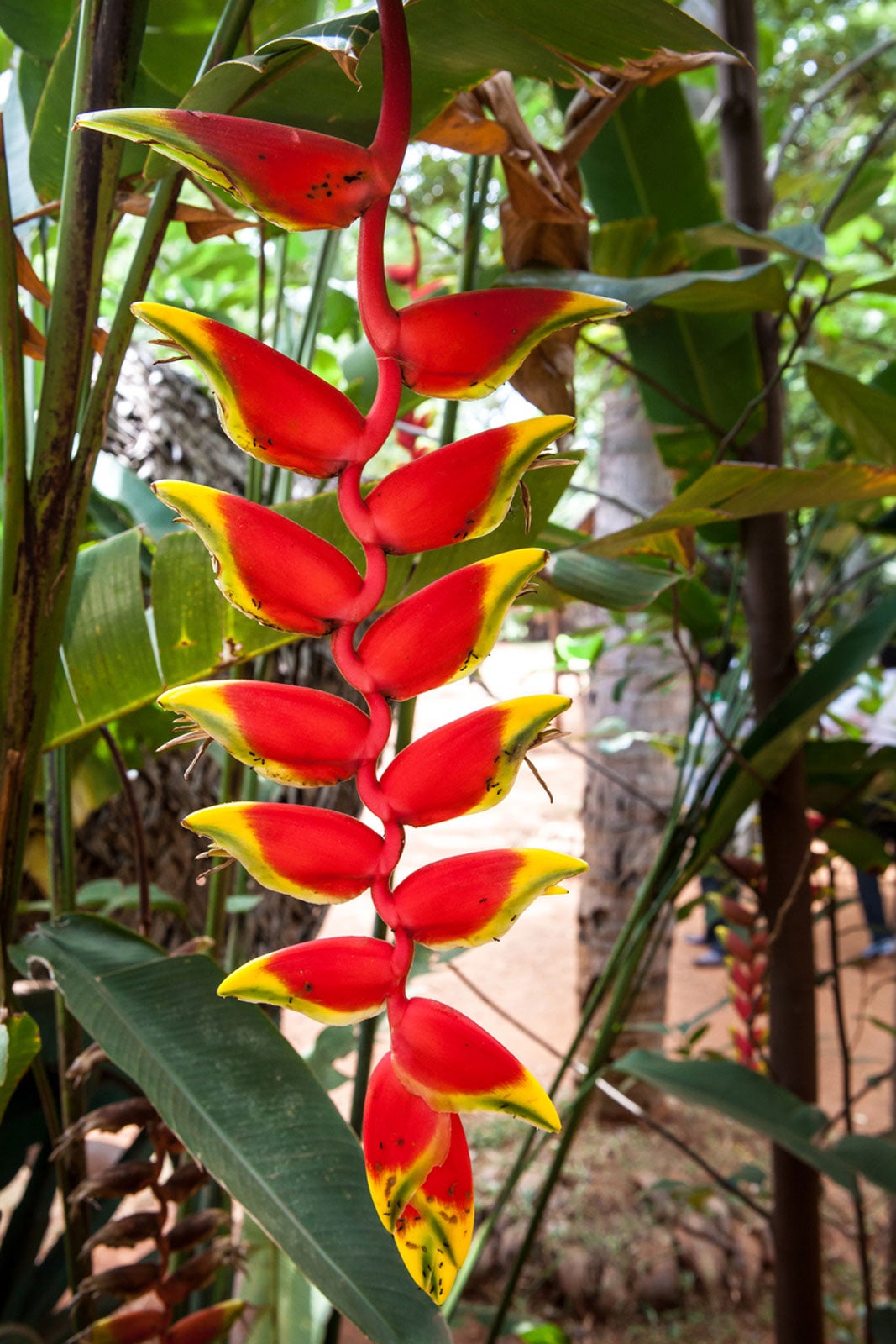Cutting Back Heliconia Plants – How To Prune Lobster Claw


Heliconia are showy tropical plants with bright, beautiful flowering bracts. They are said to resemble banana or bird of paradise plants, but the blossoms are very different. One type of Heliconia is given the common name lobster claw. It requires little pruning. Read on for information about Heliconia pruning including tips on how to prune lobster claw should this be a concern for you.
About Heliconia Pruning
In order to understand how to prune lobster claw, you need to get an overview of the plant structure. The plant leaves look like banana leaves, and the stems are formed by a series of leaf bases.
Heliconia blossoms form at the terminal end of each plant stem. Lobster claw Heliconia flowers stand upright and are extremely decorative and flashy. Pruning a Heliconia plant should be kept to a minimum because of its unique growth pattern.
How to Prune Lobster Claw
In general, cutting back Heliconia should only be done when absolutely necessary. Gardeners need to remove dead, diseased, or damaged parts of plants. Cutting back Heliconia in this way is important. Trim lobster claw Heliconia by snipping off any dead or damaged stems or leaves. If you find that more than a couple leaves are damaged on one stem, cut off the entire stem.
Once you have finished cutting back any foliage that is damaged, turn to the stalks that have already flowered. These will not blossom again and should be removed. If you are wondering how to trim lobster claw Heliconia stems, just snip them off at ground level. After a few days, the “stump” should be dry. You can remove it from the soil and throw it away.
How about pruning a Heliconia plant for artistic reasons? The plants have beautiful, balanced shapes naturally so very little pruning should be required. However, you may want to trim lobster claw leaves that are obstructing the view of the plant’s flowers. While this can be done, it may have negative consequences.
The stems of the lobster claw are weakened when you remove leaves. That means that removing too many leaves could mean fewer flowers in the future. For this reason, limit any aesthetic pruning to one leaf per stem.
Sign up for the Gardening Know How newsletter today and receive a free copy of our e-book "How to Grow Delicious Tomatoes".

Teo Spengler is a master gardener and a docent at the San Francisco Botanical Garden, where she hosts public tours. She has studied horticulture and written about nature, trees, plants, and gardening for more than two decades, following a career as an attorney and legal writer. Her extended family includes some 30 houseplants and hundreds of outdoor plants, including 250 trees, which are her main passion. Spengler currently splits her life between San Francisco and the French Basque Country, though she was raised in Alaska, giving her experience of gardening in a range of climates.